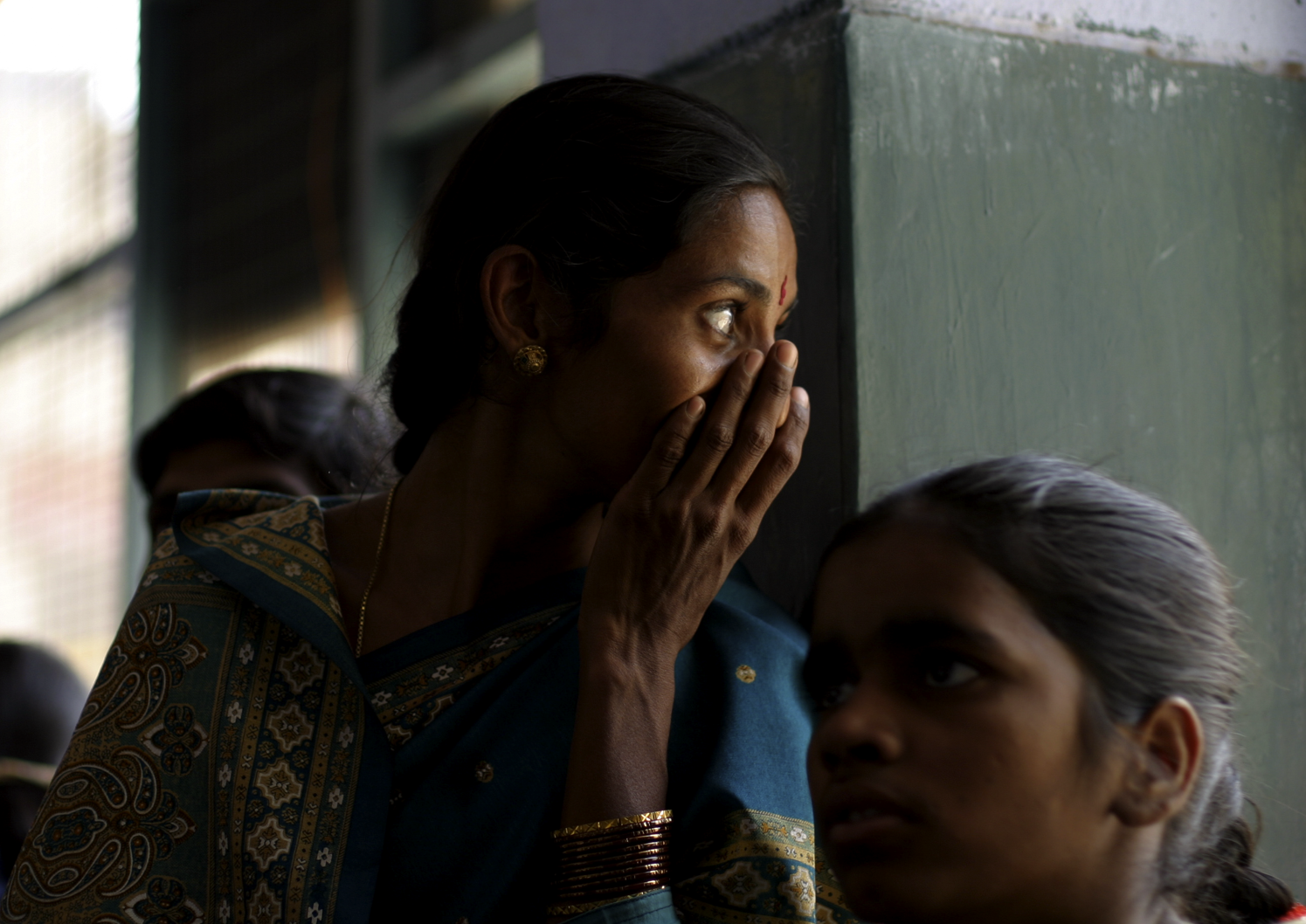
Issues like stigma, low socio-economic status and lack of education are significant barriers in early screening, diagnosis and treatment. And these delays perpetuate the transmission cycle.
‘I FEEL responsible for my mother’s death,” said Kusum, whose mother died of tuberculosis in October last year. She had been diagnosed with TB far back in 2010 at her residence in Puducherry and would faithfully visit a nearby government centre over a period of 18 months for treatment. She was put on the standardised Directly Observed Therapy regimen and prescribed first-line drugs, as is the usual practise. However, when she failed to respond to the treatment, she was administered second-line drugs without prior testing for resistance. Oscillation between the two regimens continued for some time. When her condition started to deteriorate, a helpless Kusum reached out to several activists and worked relentlessly to ensure her mother received the appropriate treatment.
Activists reached out to the National TB Programme for aid, which, in turn, referred themback to the state TB officer. Despite shuttling between activists and the state TB authorities, her mother was put on first-line drugs again, leading to no improvement in condition.
Finally, with support from prominent TB patient rights activists, Kusum was able to raise funds for her mother. They were sent to a TB research centre, 150 km from Puducherry for appropriate investigation and treatment. The centre changed the drug regimen and within a month her mother became sputum negative. Her health improved considerably and she seemed hopeful for the future.
However, as Nicolas Sparks states in his book, Message in a Bottle, “There are winds of Destiny where we least expect them.” Kusum’s mother died from lung rupture due to complications of advanced tuberculosis. Her story brings to the fore an issue that remains critical for India’s health delivery system — TB and its impact on women. Though the ailment can affect anyone, it takes a disproportionate toll on women. According to the World Health Organisation, in 2010 there were 3.2 million cases of TB amongst women and 320,000 related deaths worldwide. Tuberculosis is the third leading cause of death in women aged 15-44, globally; is the fourth leading cause of death among women aged 10-19 in low-income countries; and the fifth leading cause of death among women aged 20-59 worldwide.
Compared to men, the physical, social and economic consequences of TB are, unfortunately, far more severe for women. Issues like stigma, low socio-economic status and lack of education are significant barriers in early screening, diagnosis and treatment. These delays perpetuate the transmission cycle, leading to a rise in the cases of drug-resistant TB.
Indeed, this is a malady deeply rooted in stigma. Women diagnosed with TB are discriminated against, rejected or ostracised by their families and the community at large. Some affected women are refused marital alliances and married ones face divorce. For women who are not permitted to step outside the house, the challenge of seeking treatment is more critical as they are afraid of being seen publicly at a TB clinic.
The disease is also one of the leading causes of infertility in low and middle income countries. Additionally, TB puts the lives of pregnant women in danger. An infected woman is twice as likely to give birth to a premature baby and four times more likely to die during childbirth.
Gender-specific risk factors make women more susceptible to the disease. An infected woman can develop active TB more easily than a man and yet they refrain from visiting a doctor until and unless the illness seems severe. Many women from disadvantaged sections are exposed to the risk of being sold into trafficking and they are at an increased risk of contracting TB from their clientele. This risk is further aggravated because of restricted living conditions and vulnerability to HIV.
Since TB mostly affects women in their economically and reproductively active years, there is a substantial burden on them and their families. A woman infected with TB is often too ill to perform household chores or earn a living. As a result, children are often forced to drop out of school and work to shoulder family responsibilities.
Additionally, in 2010, 10 million children were rendered orphans globally due to TB related deaths amongst mothers.
There is a need to usher in an enhanced gender-sensitive approach towards TB control.
It is critical that we work to remove barriers to access, reduce delays and improve the diagnosis and treatment of the disease, especially in women. Screening should be integrated with reproductive health as well as maternal and child health services. If we do not start the process now, many patients will continue to suffer in silence.
Kusum’s story is the bitter truth that there are hundreds of such unreported TB-related deaths every day. We are all responsible for her mother’s demise and unless we are willing to face the naked truth about the ailment, many more deaths will occur; deaths that could be easily prevented if only we shoulder our collective responsibilities; deaths that will collect dust as mere figures in blue-black ink on a cold piece of paper we can conveniently put away in a record file.
By Blessina Amulya Kumar
The writer, a public health consultant from India, has worked extensively with poorer communities in the country and the Sudan
Source: The Statesman